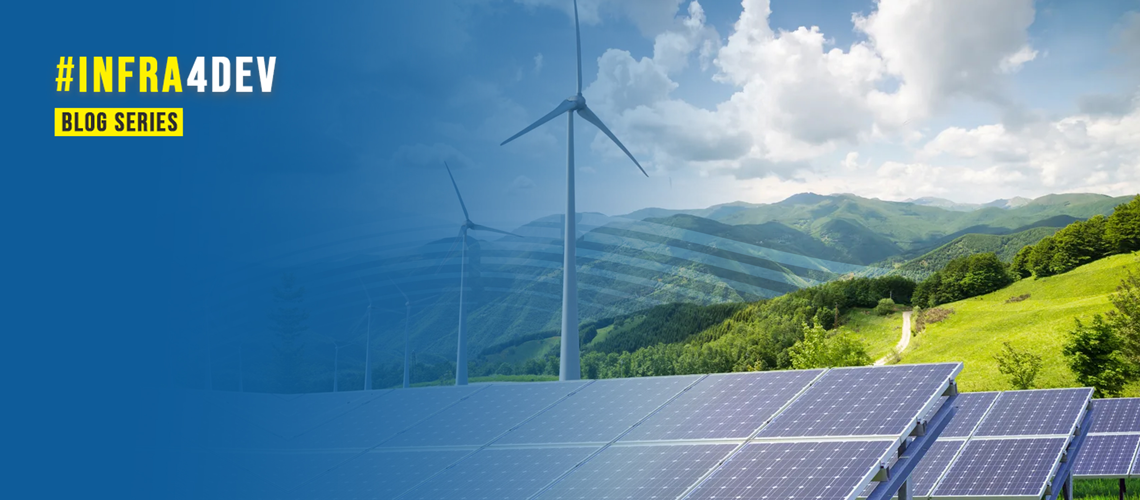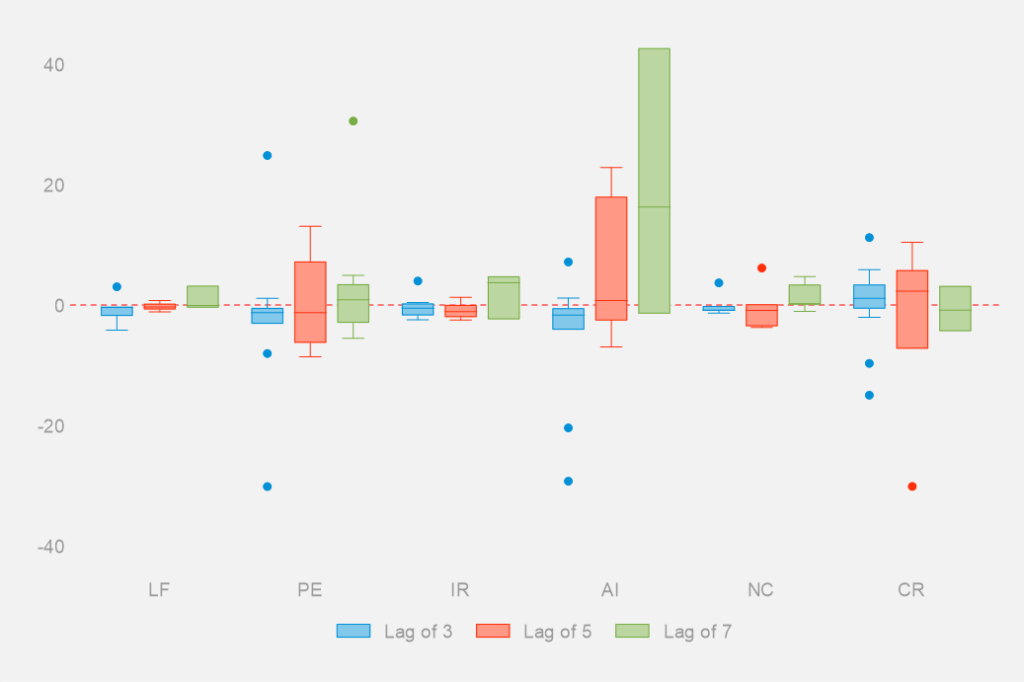 Photo: © Shutterstock
Photo: © Shutterstock
Achieving decarbonization in developing countries is complex and requires effective renewable energy policies. Since the end of the last century, many countries have enacted power sector and renewable energy policies to safeguard their energy security while mitigating climate change impacts—ranging from renewable energy targets, biofuel blend mandates, or carbon pricing.
But how effective have these policies been?
Our new research, Assessing the Impact of Renewable Energy Policies on Decarbonization in Developing Countries, supported by the World Bank’s Infrastructure Chief Economist’s Office offers the first comprehensive and systematic assessment of renewable energy policies spanning over four decades and more than 100 developing countries. This work fills an important knowledge gap as, while individual country case studies point to limited success, more comprehensive evidence is lacking.
Are energy policies in developing countries working?
Recent evidence from developed economies shows that at least some climate policy instruments, such as renewable policy auctions and research and development funding programs are associated with positive impacts on environmental, technological, and innovation outcomes.
However, our study points to the low effectiveness of renewable energy policies in developing countries. Only a small fraction of renewable energy policies statistically impacted decarbonization outcomes in developing countries.
Moreover, some of these policies even had the opposite effect: promoting renewable energy use but resulting in their lower share in the final energy mix.
One piece of positive news was that policies to address counterparty risk, for example, improving the creditworthiness of energy utilities, appeared to have the greatest immediate impact, underscoring the importance of access to finance for incorporating renewables into the energy mix. Adding to cautious optimism, we also found that the effectiveness of some renewable energy policies gradually improved over time (Figure 1).
Normalized second-stage coefficient

Figure 1: Boxplot of normalized second-stage coefficients by an energy policy package
Notes: The unit of lags are years; different lags are denoted by the colors in the legend. LF=Legal framework; PE=Planning for expansion; IR=Incentives and regulatory support; AI=Attributes of financial and regulatory incentives; NC=Network connection and use; CR=Counterparty risk. Regression specification: RISE index, UNGA affinity IV with five years moving averages. In the boxplot, there is a box from the first quartile to the third quartile, with the 2nd quarter (50% percentile) marked by the internal line of the box. The whiskers extending from the boxes go from each quartile to the minimum or maximum, excluding outliers.
What can be done to improve the effectiveness of renewable energy policies in developing countries?
Our results point to the growing need to strengthen the institutional capacity of emerging economies, especially low-income countries, that would help with securing finance to support decarbonization projects.
This highlights the importance of fulfilling commitments made during the Paris Agreement and the Glasgow Climate Act for climate finance to promote lower carbon energy mixes in developing countries. The low-carbon transition will require a combination of policies extending beyond regulatory policies covered in the study, for example, phasing out fossil fuel subsidies that would strengthen market signals for decarbonization. Without such concerted effort, renewable energy policies are less likely to make a significant impact.
________________
#Infra4Dev is a blog series that showcases recent World Bank economic research to explore how Infrastructure is critical for development. You can access all the previous Infra4Dev blogs here.
Subscribe here to stay up to date with the latest Energy blogs.




Join the Conversation